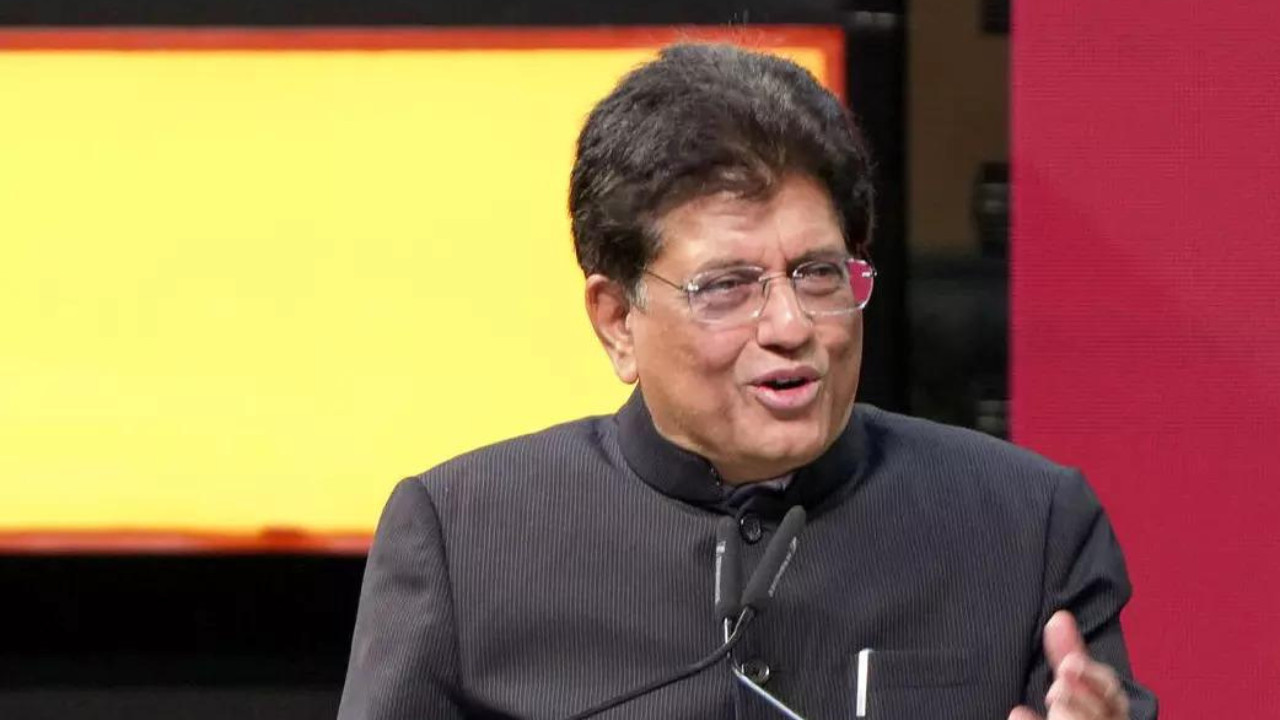Navigating the H-1B Visa Fee Hike: How Indian IT is Adapting
The tech world is buzzing about a potential shake-up in how Indian IT companies operate in the US. A significant increase in H-1B visa fees is on the horizon, and while the exact details are still unfolding, the expected impact is already prompting strategic shifts within the industry.
For years, the H-1B visa has been a crucial pathway for Indian IT firms to bring skilled professionals to the United States, fueling growth and innovation. These visas enable companies to deploy talent to client sites, offering specialized expertise and supporting a wide range of projects. However, the proposed fee hike presents a new challenge.
So, what’s the big deal? We’re talking about a potentially substantial jump in the cost of securing these visas. This isn’t just a minor adjustment; it represents a considerable expense that could significantly impact the bottom lines of companies heavily reliant on the H-1B program. While some are trying to fight against the increase, Indian IT is already looking to change their strategies to adapt.
The Offshoring Option: A Return to Roots?
One of the most prominent strategies being considered is a renewed focus on offshoring. Essentially, this means shifting more project work back to India, leveraging the vast pool of skilled IT professionals already available there. By expanding teams in India and handling a greater portion of the work remotely, companies can reduce their dependence on H-1B visas and mitigate the financial burden of the increased fees.
This approach isn’t entirely new. Many Indian IT firms have robust offshore development centers. But the visa fee hike may accelerate this trend, leading to further investment in infrastructure and talent within India. This could lead to a boost for the Indian IT sector as a whole, creating more job opportunities and fostering innovation domestically.
Investing in Local Talent: Building a US Workforce
Another key strategy is to increase the hiring of local talent within the United States. By building a stronger American workforce, companies can reduce their reliance on H-1B visas and contribute to the US economy directly. This approach requires a long-term commitment to training and development programs, as well as proactive recruitment efforts targeting US citizens and permanent residents.
Several Indian IT firms have already been investing in local hiring initiatives. The projected H-1B visa fee increase could significantly accelerate this trend, leading to more partnerships with US universities and technical schools, creating internship programs, and offering competitive compensation packages to attract top talent. It’s not just about filling roles; it’s about building a sustainable, diverse, and highly skilled workforce within the US.
Absorbing the Shock: Innovation and Efficiency
Beyond offshoring and local hiring, companies are also exploring ways to absorb the cost increase through increased efficiency and innovation. This could involve streamlining operations, adopting new technologies, and finding creative ways to deliver value to clients. Every department will likely feel the pressure to cut costs and find new savings.
For example, companies may invest in automation and artificial intelligence to reduce the need for manual labor. They might also refine their project management processes to improve efficiency and reduce project timelines. The goal is to become leaner, more agile, and more competitive, allowing them to absorb the increased costs without compromising quality or profitability.
The potential H-1B visa fee increase represents a significant challenge for the Indian IT sector. However, it also presents an opportunity for innovation, adaptation, and growth. By embracing strategies such as offshoring, local hiring, and efficiency improvements, Indian IT companies can navigate this changing landscape and continue to thrive in the global market. For more insights on how technology can help navigate similar challenges, check out our article on [the future of AI in business](internal-link-to-related-article). The industry will need to adapt and innovate to ensure continued success in the face of these evolving regulations.








